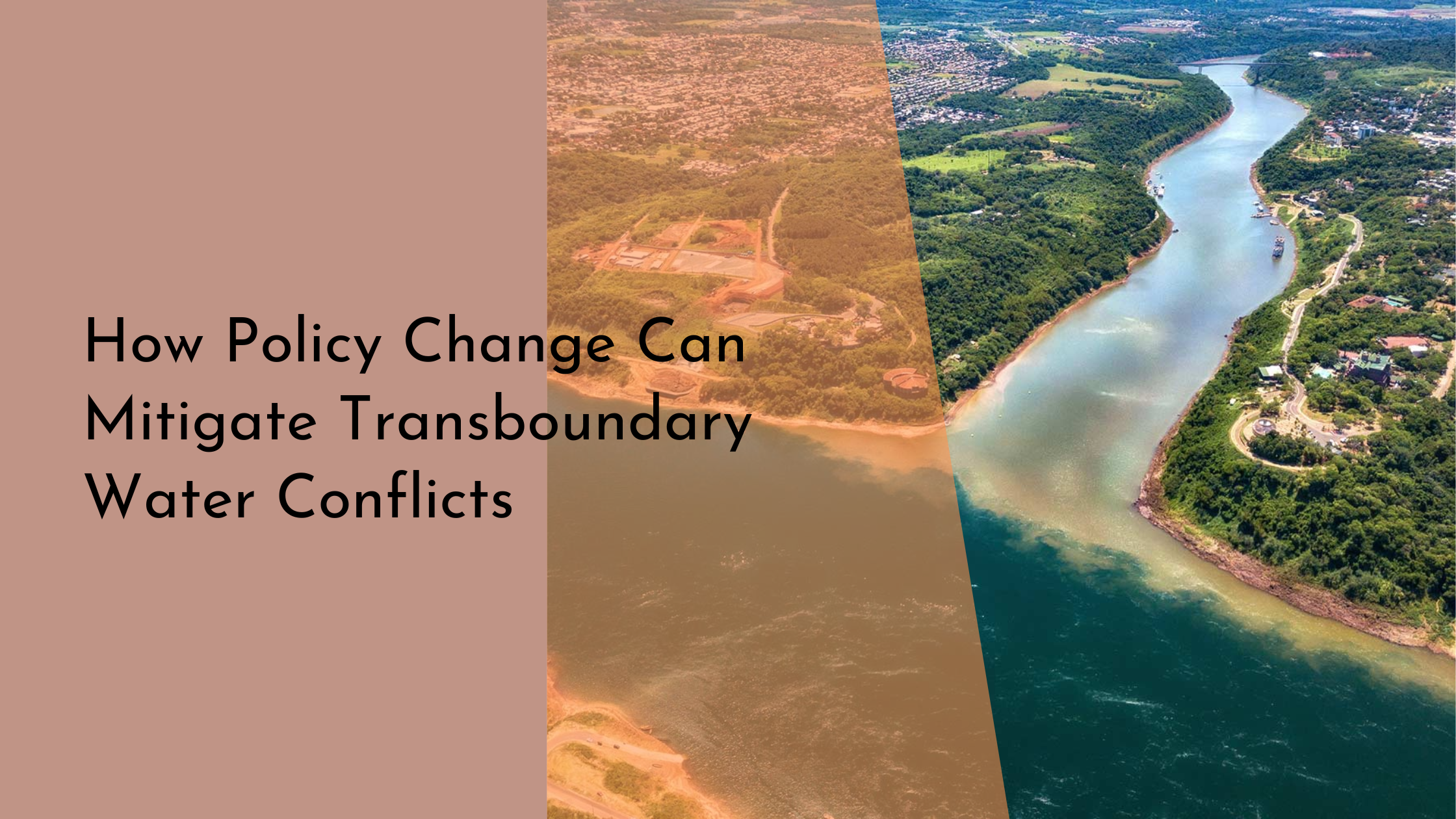How Policy Change Can Mitigate Transboundary Water Conflicts
Transboundary water conflicts have been a persistent challenge for nations sharing water resources. As population growth and climate change increase the demand for fresh water, disputes over shared water bodies are likely to intensify. However, policy changes offer a promising pathway to mitigate these conflicts. By fostering cooperation and sustainable management, policy reforms can pave the way for peaceful coexistence and shared prosperity. This article delves into the nature of transboundary water conflicts, the role of policy changes in resolving these disputes, and insights from successful case studies, while also exploring future directions for harmonious water management.
Understanding Transboundary Water Conflicts
Transboundary water conflicts arise when two or more countries share water resources, such as rivers, lakes, or aquifers, and struggle over access, usage, and management. These conflicts are fueled by a variety of factors, including competing demands for water, historical grievances, and differing national priorities. As freshwater resources become scarcer due to pollution and climate change, tensions can escalate, potentially leading to political or even military confrontations. Understanding the root causes of these conflicts is crucial for devising effective strategies to address them.
At the heart of transboundary water conflicts is the challenge of balancing the needs and rights of different nations while ensuring sustainable resource management. Many regions lack comprehensive legal frameworks governing water sharing, resulting in unilateral actions that exacerbate tensions. Furthermore, inadequate communication and cooperation between riparian states can lead to misunderstandings and mistrust. By recognizing these challenges, stakeholders can better appreciate the importance of collaborative solutions to manage shared water resources effectively and equitably.
The Role of Policy Change in Conflict Resolution
Policy change plays a pivotal role in resolving transboundary water conflicts by establishing frameworks for cooperation and sustainable resource management. Through treaties, agreements, and joint management bodies, countries can create mechanisms for dialogue, data sharing, and conflict resolution. These policies help build trust and ensure that water resources are managed in a manner that benefits all parties involved, reducing the risk of disputes and fostering long-term peace and stability.
Moreover, policy changes can facilitate the adoption of integrated water resource management (IWRM) approaches, which consider the interconnectedness of water systems and the diverse needs of stakeholders. IWRM encourages collaborative planning and decision-making, taking into account environmental, social, and economic factors. By aligning national policies with regional and global frameworks, countries can enhance their capacity to manage transboundary water resources effectively, minimizing conflicts and promoting sustainable development.
Successful Case Studies in Water Policy Reform
One notable success story is the Mekong River Commission, which exemplifies how policy reforms can lead to sustainable and peaceful water management. Established by Cambodia, Laos, Thailand, and Vietnam, the commission serves as a platform for cooperation and dialogue, enabling these countries to jointly manage the Mekong River’s resources. Through collaborative efforts, the commission has successfully implemented various projects, including flood management and ecosystem conservation, demonstrating the power of policy change in conflict resolution.
Another successful example is the Nile Basin Initiative, which brings together countries that share the Nile River to promote cooperative water management. Despite historical tensions, member states have worked towards common goals, such as poverty alleviation and environmental protection, through dialogue and policy reforms. By focusing on shared benefits and fostering mutual trust, the initiative has made significant strides in mitigating conflicts and ensuring equitable and sustainable use of the Nile’s resources.
Future Directions for Peaceful Water Management
As the global demand for water continues to rise, it is essential to explore future directions for peaceful water management. One promising approach is the integration of technology and data-driven solutions in water policy. By leveraging tools like remote sensing, geographic information systems (GIS), and hydrological modeling, countries can improve their understanding of water systems and make informed decisions. These technologies can enhance transparency and accountability, fostering trust and collaboration among riparian states.
Furthermore, enhancing stakeholder participation in water management is vital for achieving lasting peace. Engaging local communities, non-governmental organizations, and the private sector in policy formulation and implementation can ensure that diverse perspectives are considered and that policies are inclusive and equitable. By building a culture of cooperation and shared responsibility, countries can pave the way for sustainable water management and reduce the risk of transboundary conflicts.
In conclusion, policy change is a powerful tool for mitigating transboundary water conflicts and promoting sustainable management of shared water resources. By fostering cooperation, transparency, and inclusivity, policy reforms can help nations navigate the challenges of water scarcity and climate change, leading to peaceful coexistence and shared prosperity. As technology and stakeholder engagement play an increasingly significant role in water management, the future holds promise for innovative and collaborative solutions. By embracing these opportunities, countries can work together to ensure that water, our most precious resource, becomes a source of unity rather than conflict.


